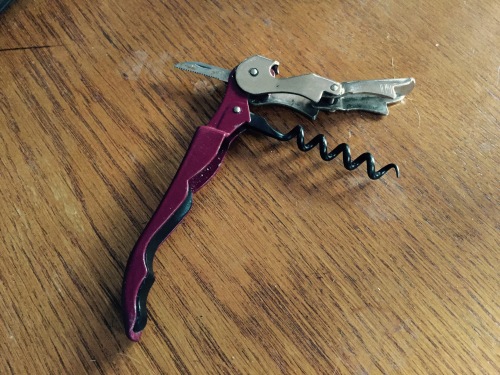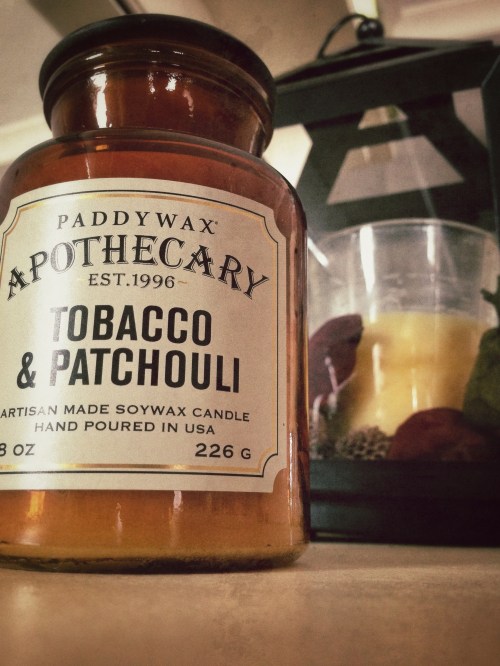Let’s be honest, you are probably the social nexus and best entertainment source of all of your friends and acquaintances. Given this, it is inevitable that this holiday season you will most likely be hosting one, if not all of the the premier holiday parties in your neighborhood/city/region/world. As a result of this, and the fact that your social network inevitably includes some thoughtful people, you will undoubtedly receive a number of bottles of wine brought by these guests as gifts. Naturally, you, as a gracious host will follow the standard lines of polite society:
- Say ‘Thank you’.
- Add the bottle to the “Open bar” amongst the ones you’ve provided.
- If you have prepared wine pairings with a specific meal, ask if you can hold on to the bottle for Tuesday Taco night.
But what if someone brings a bottle of wine that is truly undrinkable? I’m not talking about someone bringing a bottle of California Pinot Noir to a Francophile’s house, because that host just needs to get over themselves. I’m talking about the bottom of the bargain bin, of dubious origin, might not actually be wine, bottle of wine. These wines aren’t accidentally acquired. One has to purposefully wander into the specifically set up section of the store that other shoppers are avoiding like the plague and then select a wine solely based on its lowest price status. Yet, it’s still my general assumption that no one brings these wines as gifts on purpose, but then again, I don’t know your friends. The question then becomes what to do with these wines. The answer of course depends on whether you’re good or evil.
The Good Way:
First, let Jeff Goldblum teach you how to act:
Then you have to figure out what to do with the wine short of pouring it out in front of the person. Your best option is to tell them you’d like to save it for Tuesday Taco night (This is a thing people do, right?) and then toss it out the next day. Do this discreetly if they are neighbors. Now, some so called experts will tell you to add this wine to a festive holiday punch or cocktail, but if you’re adding bad wine to these things, you’re not making a good punch or cocktail are you? At a minimum you have to add the other ingredients at a quantity that masks that bad wine taste which is kind of like throwing good money after bad.
The problem doesn’t stop there either. What happens when you see the person again? Yes, you can hope the topic never comes up again, but what if they ask you how you liked it? Like a lost puppy, bad wine follows you. You have to come up with a back story. Sure, you could just tell the truth and say it wasn’t the type of wine you prefer, because after all, you’re a good person, but you also don’t want to hurt their feelings because you’re a good person. So what else can you do?
- Use the bottle for a candle holder or art project. You’ll probably want to remove the label first because no one wants that in their house.
- Use the wine to catch fruit flies. It works. The whole “Catch flies better with honey instead of vinegar” thing is a complete lie. The opposite works.
- If it’s a red wine, use it to dye some fabric. Get crazy. I don’t know, I’m not crafty.
The Evil Way:
- Give the person a sympathetic smile and say “I’m so sorry, you’re uninvited to this party now” and then hand them back the bottle of wine. Close the door slowly. Lock the door.
- Graciously accept the bottle of wine (see above Jeff Goldblum tips on acting) and then secretly serve it back to them and only them throughout the party.
- Ask guests when offering them wine whether they’d like the good stuff or whatever “wine” (air quotes acceptable) [insert guest name here] brought.
- Re-gift the wine on the next event those who gave you the bottle host.
- Tell them your Elf on a Shelf drank it…and then died.
Whichever path you decide to take remember that wine is there to help you celebrate so share it with those you hold dear and be grateful they’re willing to put up with you.







